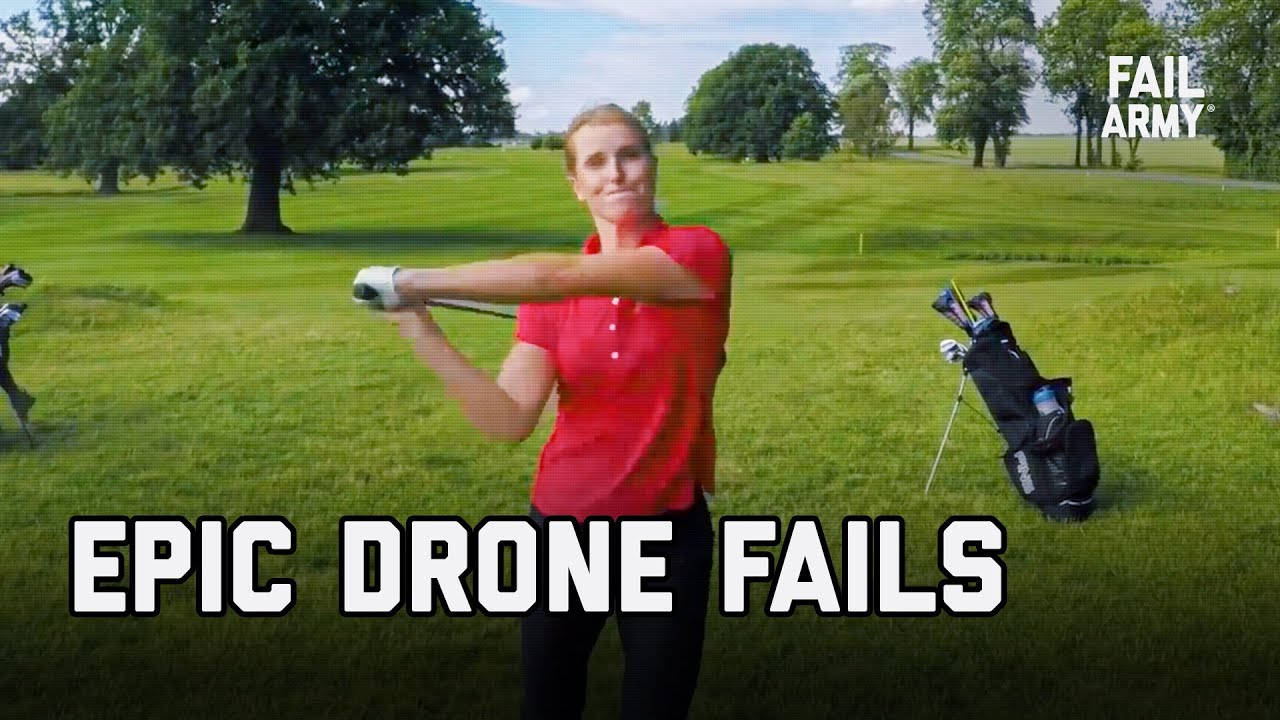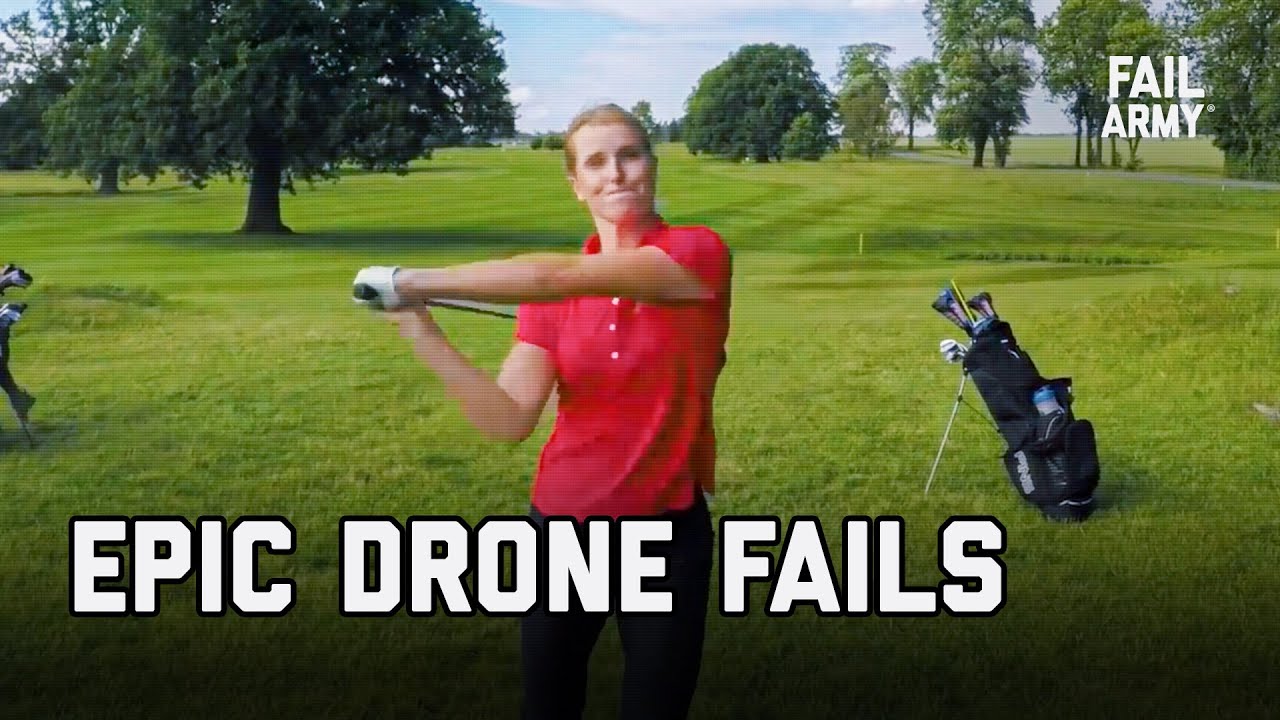Drone show crash: A spectacular display can quickly turn disastrous. This guide explores the various reasons behind these failures, from simple pilot error to complex software glitches. We’ll delve into the different types of crashes, the safety regulations in place, and the technological advancements aiming to make these events a thing of the past. We’ll also look at how post-crash investigations are conducted and what steps can be taken to prevent future incidents.
Understanding the causes of drone show crashes is crucial for ensuring the safety of both the audience and the technology involved. This involves examining everything from pilot training and equipment maintenance to environmental factors and regulatory compliance. By analyzing past incidents and exploring innovative safety measures, we can work towards a future where drone shows are consistently safe and spectacular.
Drone Show Crashes: Understanding the Causes, Prevention, and Aftermath

Drone shows, with their captivating displays of synchronized aerial acrobatics, have become increasingly popular. However, the inherent complexities of these productions, involving numerous drones, sophisticated software, and potentially challenging environmental conditions, mean that crashes can and do occur. Understanding the various causes of these crashes, the safety measures in place, and the post-crash procedures is crucial for improving the safety and reliability of future drone shows.
Types of Drone Show Crashes
Drone show crashes can be categorized into several types, each stemming from different underlying causes. These range from simple pilot errors to complex software glitches and unforeseen environmental factors. A thorough understanding of these categories is vital for implementing effective preventative measures.
| Crash Type | Cause | Description | Consequences |
|---|---|---|---|
| Software Malfunction | Software bug, communication failure | A software glitch causes multiple drones to malfunction simultaneously, leading to a chain reaction crash. For example, a faulty GPS signal could cause drones to lose their position and collide. | Multiple drone damage, potential injury to bystanders, show cancellation. |
| Hardware Failure | Motor failure, battery malfunction, GPS failure | A single drone experiences a hardware failure, causing it to fall from the sky. This could be due to a manufacturing defect, wear and tear, or a mid-air collision. | Single drone damage, potential minor property damage. |
| Pilot Error | Incorrect programming, poor decision-making | The pilot makes an error in programming the flight path or fails to react appropriately to an unexpected event, resulting in a crash. This could involve incorrect speed settings or inadequate response to wind gusts. | Drone damage, potential show disruption. |
| Environmental Factors | Strong winds, rain, fog | Adverse weather conditions impact drone flight, leading to crashes. Strong winds can knock drones off course, while rain or fog can impair visibility and GPS accuracy. | Drone damage, show cancellation or delay. |
Safety Protocols and Regulations
Stringent safety protocols and regulations are essential for minimizing the risk of drone show crashes. These protocols cover various aspects, from pre-flight checks to emergency procedures and airspace management.
Drone show crashes are a bummer, especially when you’ve paid good money for tickets! To avoid disappointment, maybe check out the safety records of the organizers beforehand. For example, you might want to look into the planning and execution details of other large-scale shows, like the one discussed at the orlando drone show website. Learning from past events can help you choose safer, more reliable drone shows in the future, reducing the risk of a disappointing crash.
- Pre-flight Checks: Thorough inspections of all drones and equipment, including battery levels, GPS functionality, and software updates.
- Emergency Procedures: Defined protocols for handling emergencies, including loss of signal, malfunctioning drones, and adverse weather conditions.
- Airspace Management: Careful planning and coordination to ensure safe operation within designated airspace, avoiding conflicts with other aircraft.
- Pilot Training and Certification: Rigorous training programs and certifications to ensure pilots possess the necessary skills and knowledge to operate drones safely and effectively.
Safety regulations vary across countries and regions, with some having more stringent requirements than others. For example, some countries may mandate specific pilot certifications or require more extensive pre-flight checks.
Technological Advancements and Their Impact
Technological advancements have significantly improved the safety and reliability of drone shows. Features like advanced GPS systems, obstacle avoidance technology, and redundancy systems have reduced the frequency and severity of crashes.
Hypothetical Scenario: Imagine a scenario where a strong gust of wind unexpectedly pushes a drone off course. A drone equipped with advanced wind sensors and autonomous stabilization systems could automatically adjust its flight path to compensate for the wind, preventing a crash.
Drone show crashes are unfortunately becoming more common, highlighting the need for rigorous safety protocols. To learn more about the planning and execution involved in avoiding such mishaps, check out the details on the orlando drone show , a great example of a large-scale, well-organized event. Understanding their safety measures can help prevent future drone show crashes.
Examples of safety-focused drone technologies include fail-safe mechanisms that allow drones to land safely in case of communication loss and redundant systems that provide backup in case of component failure.
Post-Crash Analysis and Investigation
A systematic investigation is crucial after a drone show crash to determine the root cause and prevent similar incidents in the future. This involves a multi-step process.
- Data Recovery: Retrieve flight logs, sensor data, and other relevant information from the affected drones.
- Witness Interviews: Gather statements from witnesses who observed the crash to obtain additional insights.
- Damage Assessment: Evaluate the extent of damage to the drones and any surrounding property.
- Cause Determination: Analyze the collected data and witness statements to determine the primary cause of the crash.
- Report Generation: Prepare a comprehensive report documenting the findings of the investigation.
Public Perception and Media Coverage
Media coverage significantly influences public perception of drone technology and its safety. Negative media portrayals of drone show crashes can erode public trust and hinder the growth of the industry. Conversely, responsible reporting that emphasizes safety protocols and technological advancements can help maintain a positive image.
Different news outlets may frame the narrative differently, focusing on various aspects of the crash, such as the technological failures or the human error involved. This framing can impact the public’s understanding of the event and its implications for the industry.
Insurance and Liability, Drone show crash
Insurance plays a crucial role in mitigating the financial risks associated with drone show crashes. Comprehensive insurance policies can cover the cost of drone repairs or replacements, property damage, and potential liability claims.
Liability for a drone show crash can extend to various parties, including the pilot, the show organizer, and the drone manufacturer. The specific allocation of liability depends on the cause of the crash and the terms of any contracts or agreements in place.
Several insurance options are available to drone show operators, ranging from basic liability coverage to more comprehensive policies that include coverage for damage to drones and third-party property.
Drone show crashes are becoming increasingly concerning, highlighting the need for robust safety protocols. A recent incident, similar in nature, involved a drone crash in Paris , raising questions about operator training and technology reliability. Understanding these failures is crucial to prevent future drone show crashes and ensure public safety.
Preventing Future Crashes

Continuous improvement in safety and reliability is crucial for the long-term success of the drone show industry. This requires a multifaceted approach encompassing technological and operational improvements.
- Redundant Systems: Implementing backup systems to ensure continued operation even in case of component failure.
- Advanced Obstacle Avoidance: Utilizing sophisticated sensors and algorithms to prevent collisions with obstacles.
- Improved Pilot Training: Enhancing pilot training programs to incorporate advanced techniques and emergency procedures.
- Stringent Pre-flight Checks: Implementing rigorous pre-flight checks to identify and address potential problems before takeoff.
Hypothetical Prevention: A comprehensive pre-flight checklist, including thorough battery checks and software updates, could have prevented a crash caused by a battery failure during a show.
Last Word

Ultimately, preventing drone show crashes requires a multi-faceted approach. It’s not just about advanced technology; it’s about rigorous training, robust safety protocols, and a commitment to continuous improvement. By understanding the causes, investigating failures thoroughly, and implementing preventative measures, we can significantly reduce the risk and ensure the continued enjoyment of these breathtaking displays. The future of drone shows depends on prioritizing safety and learning from past mistakes.
FAQ Summary
What is the most common cause of drone show crashes?
While various factors contribute, software glitches and pilot error are frequently cited as leading causes.
How much does insurance for a drone show cost?
Insurance costs vary widely based on factors like the number of drones, show complexity, and location. Getting quotes from multiple insurers is recommended.
What happens to the drones after a crash?
Damaged drones are typically recovered, analyzed as part of the investigation, and either repaired or replaced depending on the extent of damage.
Are there international standards for drone show safety?
While not fully standardized globally, many countries have regulations regarding drone operation, airspace management, and pilot certification. These standards are evolving.
